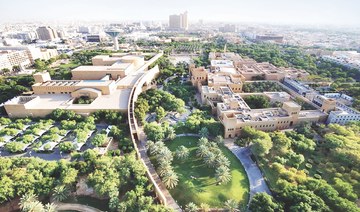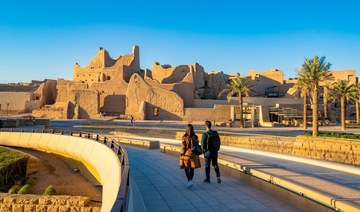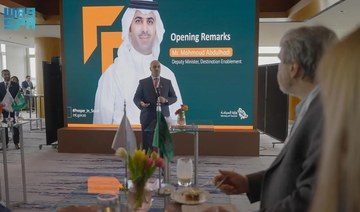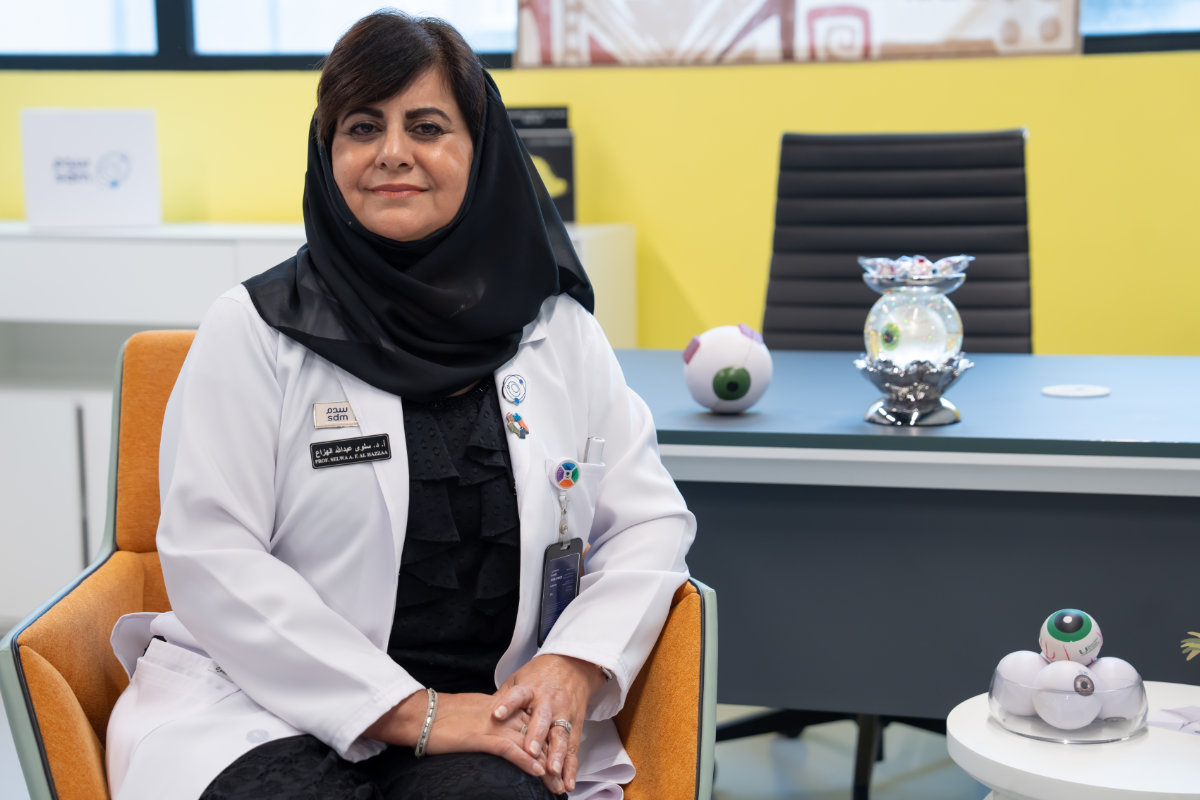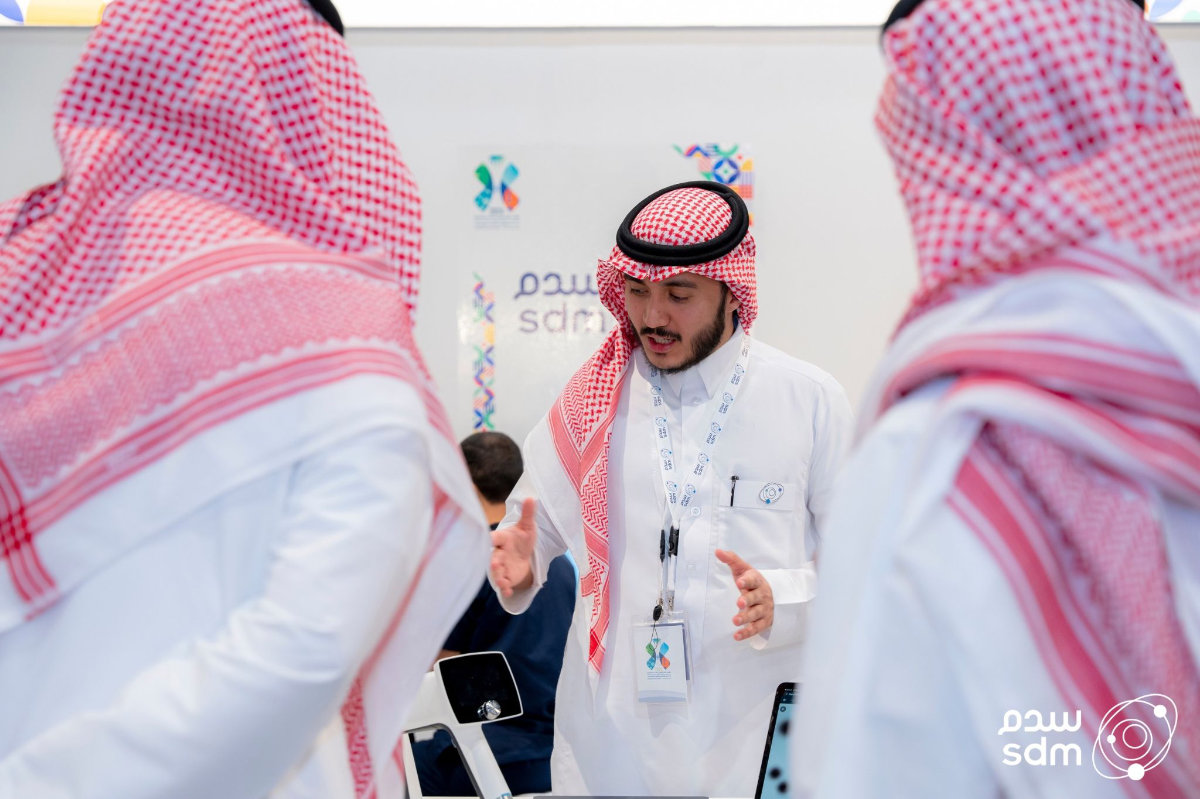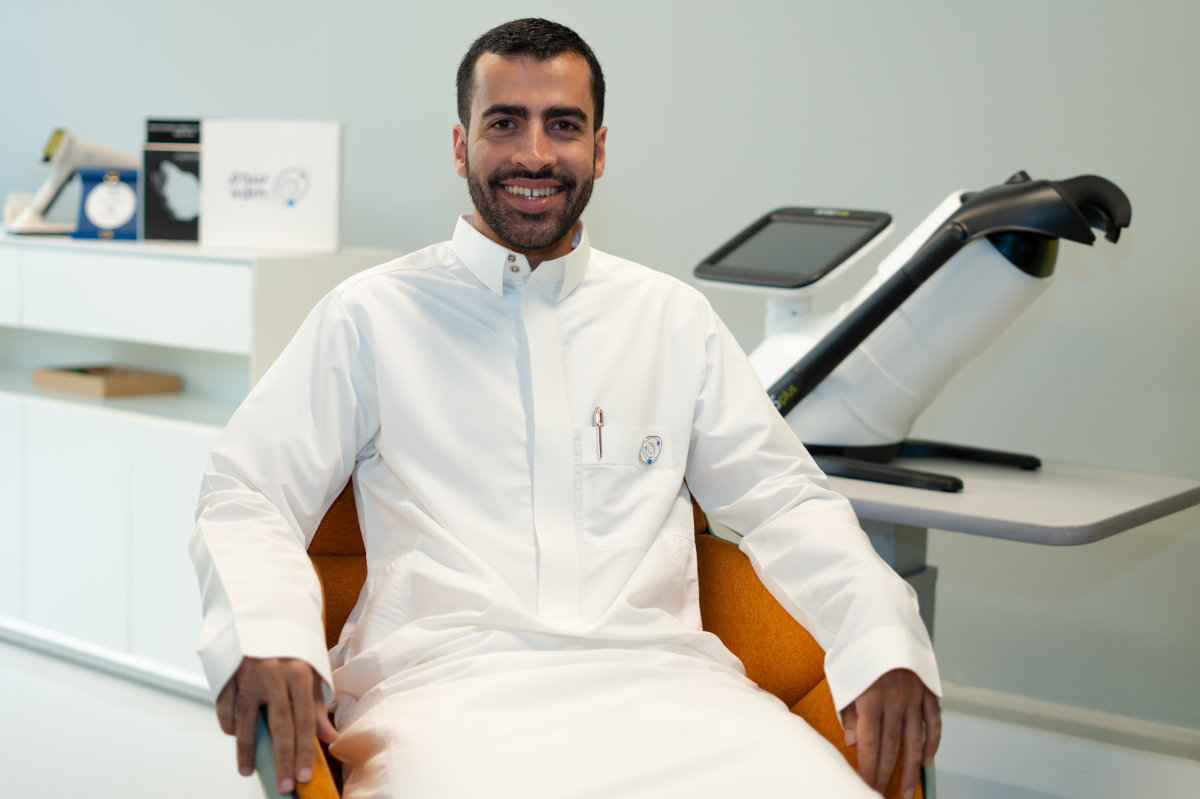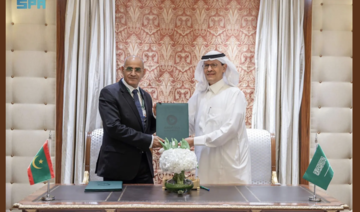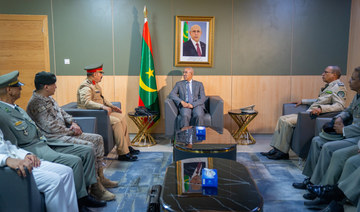RIYADH: King Abdulaziz Public Library launched a rare Holy Qur’an Exhibition on Thursday in Riyadh to celebrate World Heritage Day.
The event aims to highlight the richness and peaceful practices of Islamic civilizations.
“We are proud that this exhibition is connected to serving the Holy Qur’an, the Two Holy Mosques and the Islamic civilizations,” said Faisal bin Muammar, the King Abdulaziz Public Library’s general supervisor.
“The goal of the exhibition is to celebrate the richness of the Islamic culture and the Holy Qur’an in this great month of Ramadan,” Muammar added.
The collection, consisting of 267 copies of the Qur’an and 20 highly valuable museum copies, is unique because of the characters, type, font, decoration and dates of the texts, most of which were written between the 10th century and 13th century A.H.
The library’s general supervisor said that the exhibition also highlights the diversity of Islamic civilizations.
“The library has set up an exhibition that contains distinguished models of the Qur’an collection, which contains about 300 copies of the Qur’an, including a very rare collection that differs in terms of place, time, calligraphy method and the nationality of the calligrapher,” said Bandar Al-Mobarak, general manager of King Abdulaziz Public Library.
“We have Qur’ans from India, Timbuktu and China, and you can distinguish between them by the fonts used,” he added.
The library and its surrounding institutions around the Kingdom have spent more than 30 years collecting the best manuscripts from around the world to share.
Muslims around the world have long decorated Qur’ans with Islamic embellishments such as geometric lines, patterns, shapes, Arabic fonts, vegetal motifs and colors, transforming the texts into works of art.
In light of recent events in Sweden, the Qur’an Exhibition is another way for the Kingdom to reinforce the peaceful practices and values of the Islamic faith.
“We know that in Islam and especially in Saudi Arabia, we respect every religion and every culture, and we respect the civilizations of others,” Muammar said.
“I am sure that whoever commits an ugly act like what has happened in Sweden is not concerned about his own beliefs or his own religion,” he added.
The general supervisor stressed that the exhibition is not a response to the events in Sweden, but rather a peaceful exhibition to highlight ancient manuscripts of the Holy Qur’an.
“Whatever they do (in Sweden), they want the others to react in a violent way so this is not the best way to respond — ignoring them is the best solution,” he said.
“I am speaking on behalf of King Abdulaziz Public Library — the best answer to (the events in Sweden) this is to do exhibitions and to send peaceful messages,” Muammar added.
The general supervisor said that another way to respond is to strengthen communication and ties with other beliefs in a “peaceful and understanding manner.”
He added: “God ordered us to know each other — this is the best way to serve our religion and our faith.
“For us, the aim of this exhibition is not to reply. This is an individual act,” Muammar said.
During the exhibition, visitors will get to see a complete Qur’an from Surah Al-Fatihah to Surat Al-Nas, written in Makkah in front of the Kaaba during the month of Ramadan in 1025 A.H. The text was rewritten by the scholar Mullah Ali Al-Qari, who used black ink within red and blue tables.
The collection includes more than Arabic-decorated Qur’ans. There are also Indian texts with floral decorations, as well as samples of Chinese and Kashmiri Qur’ans, and some Mamluk versions.
Different fonts, such as Kufic, Naskh, Thuluth, Timbuktu and late Sudanese scripts, as well as scripts from the Levant, Iraq, Egypt, and Yemen, Najd and Hijazi were used to write Qur’ans, demonstrating the diversity of Islamic arts and the integration of each culture’s artistic vision in transcribing the Holy Book.
Al-Mobarak said: “This exhibition is an extension of the interest of the Kingdom of Saudi Arabia with the Qur’an and an extension of the celebration of World Heritage Day on April 18, as well as a celebration of Ramadan, the month of the Qur’an.”
The library also houses manuscript written with gold water. There are 30 sheets with two pages each that constitute a complete part of the Holy Qur’an.
The first page was decorated with vegetal motifs using bright colors and gold water, while the rest of the pages were rounded and completely gilded. The side frames used colored and gilded floral motifs and copies in the Naskh script in 1240 A.H.
More than 8,000 manuscripts covering the Qur’an and its sciences, the origins of religion, hadith, jurisprudence and its origins, the Prophet’s biography, preaching and guidance, Arabic language, history and philosophy, among others, are housed in the library.
It also ties with the library’s specialized exhibitions, which cover rare Islamic coins and Arabic calligraphy, as a contribution to Arab and Islamic history.
The general supervisor said that the library is working on a virtual version of the exhibition, which can be viewed online around the world.
“We invite people to learn more about Saudi Arabia and its role in serving Islamic civilization and serving the Holy Qur’an,” he added.
“The Kingdom of Saudi Arabia, since its unification, has taken many steps to publish the Holy Qur’an in many languages, translate and print it.”






